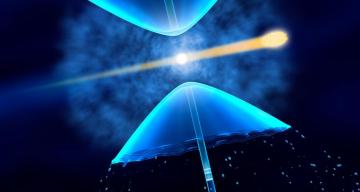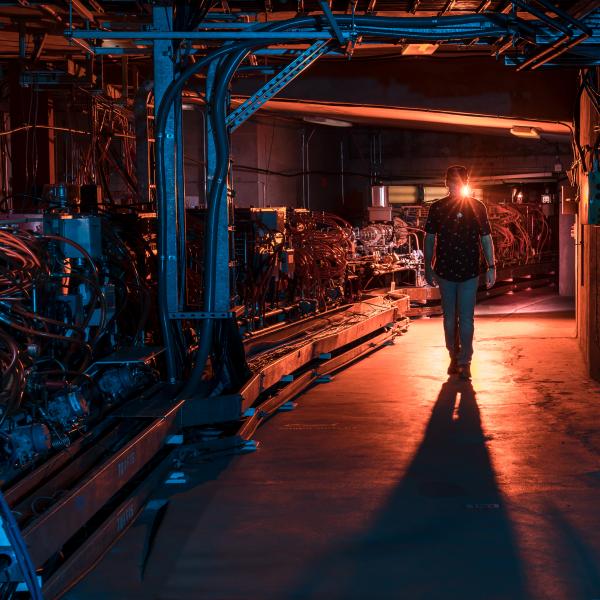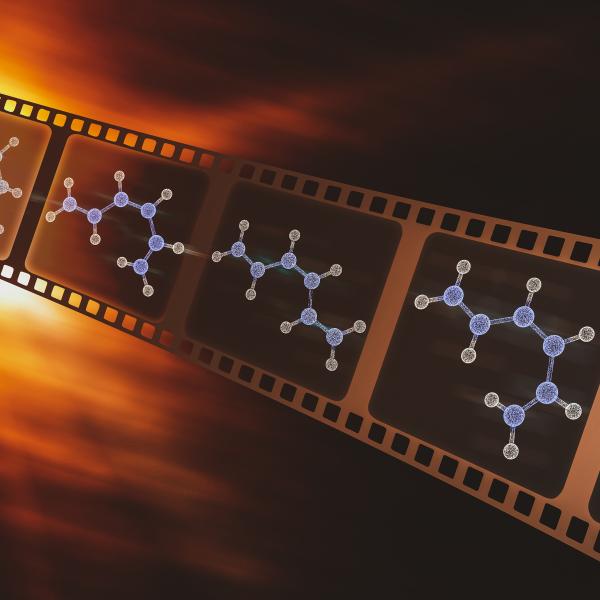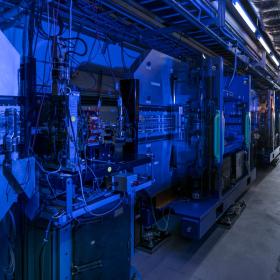X-rays and electrons can penetrate deep into matter and reveal details as small as an atom. That makes them two of our most powerful tools for understanding the structure and behavior of molecules and materials – information that’s key to developing more effective treatments for disease, next-gen electronics and clean energy technologies, and a host of other advances that society needs. SLAC is the world leader in developing and using these ultrafast tools to explore phenomena that take place in mere femtoseconds, or millionths of a billionth of a second. We’re home to the world’s first hard X-ray free-electron laser, the Linac Coherent Light Source (LCLS), whose upgrades are designed to keep it at the leading edge of ultrafast X-ray science. Our Stanford Synchrotron Radiation Lightsource (SSRL) is known for its ability to tailor experimental conditions to fit the needs of visiting researchers. And our “electron camera,” the MeV-UED instrument at LCLS, produces molecular movies of things like chemical bonds forming and breaking.
All are DOE Department of Science user facilities, open to researchers from around the world.
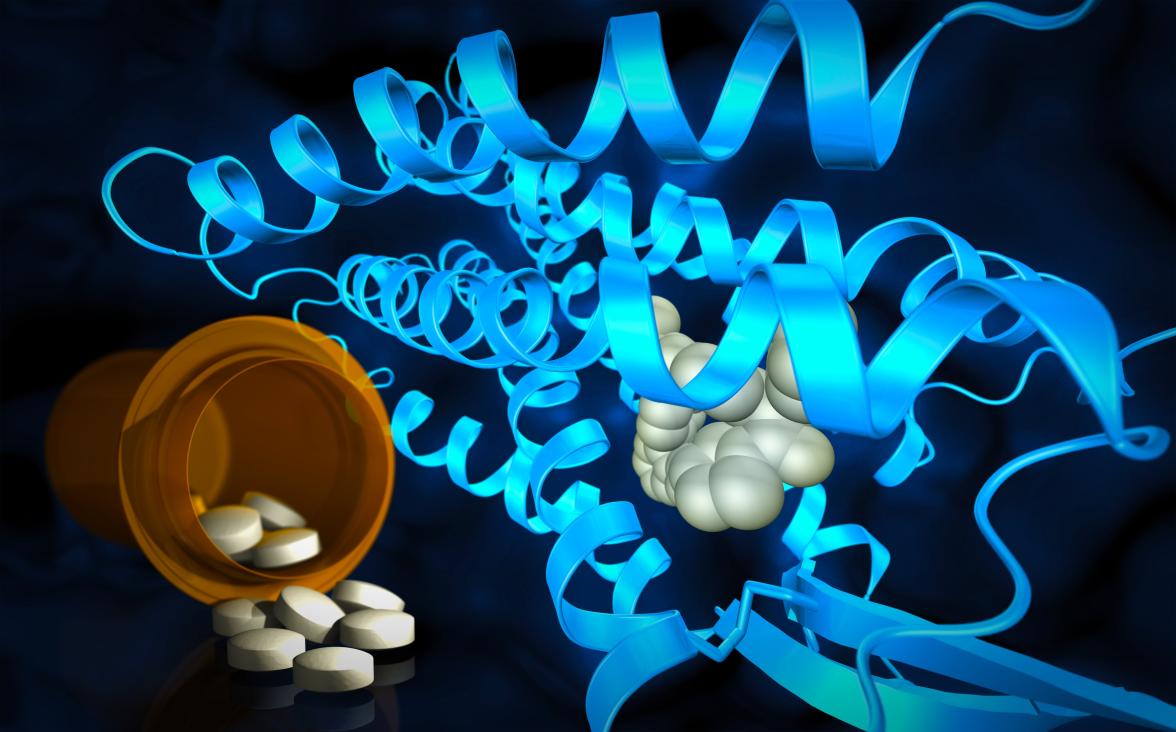
Medicine
Researchers use ultrafast X-rays and ultrafast science to map how drugs dock with their protein targets in the cell with atomic resolution, speeding the design of better medications with fewer side effects.
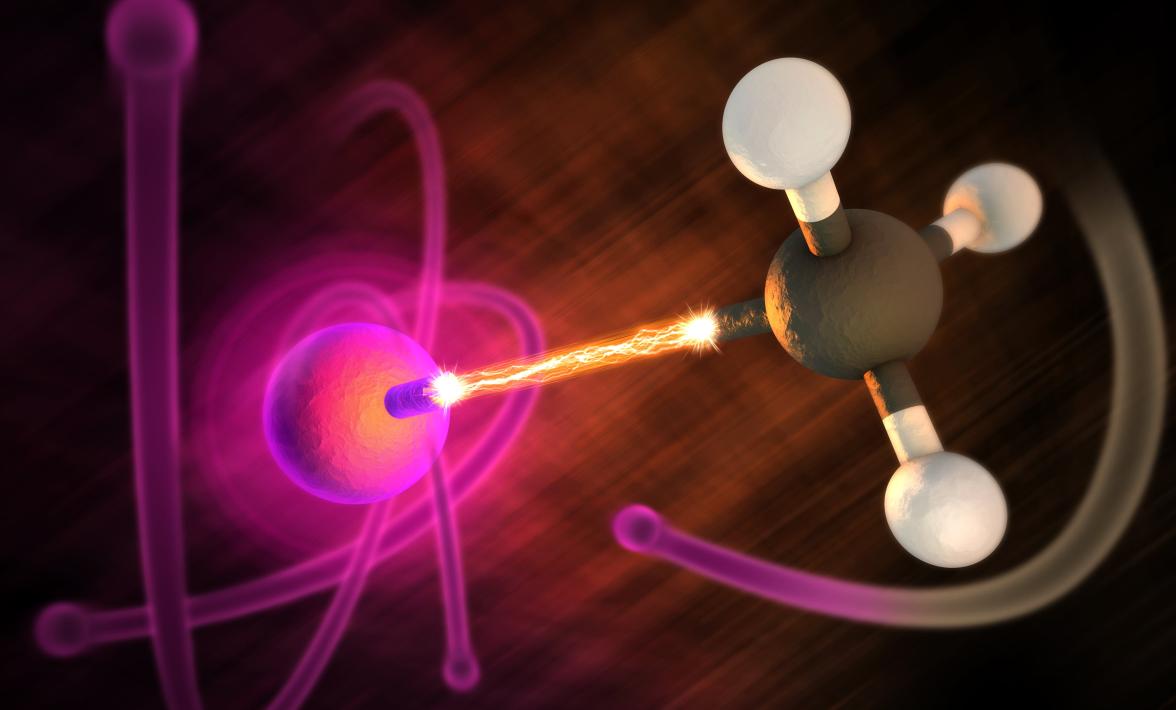
Fundamental science
X-ray and ultrafast experiments are improving our understanding of the earliest steps in chemical reactions, including catalytic reactions that are widely used in producing fuels and industrial chemicals. The goal is to make chemical reactions more efficient and controllable.
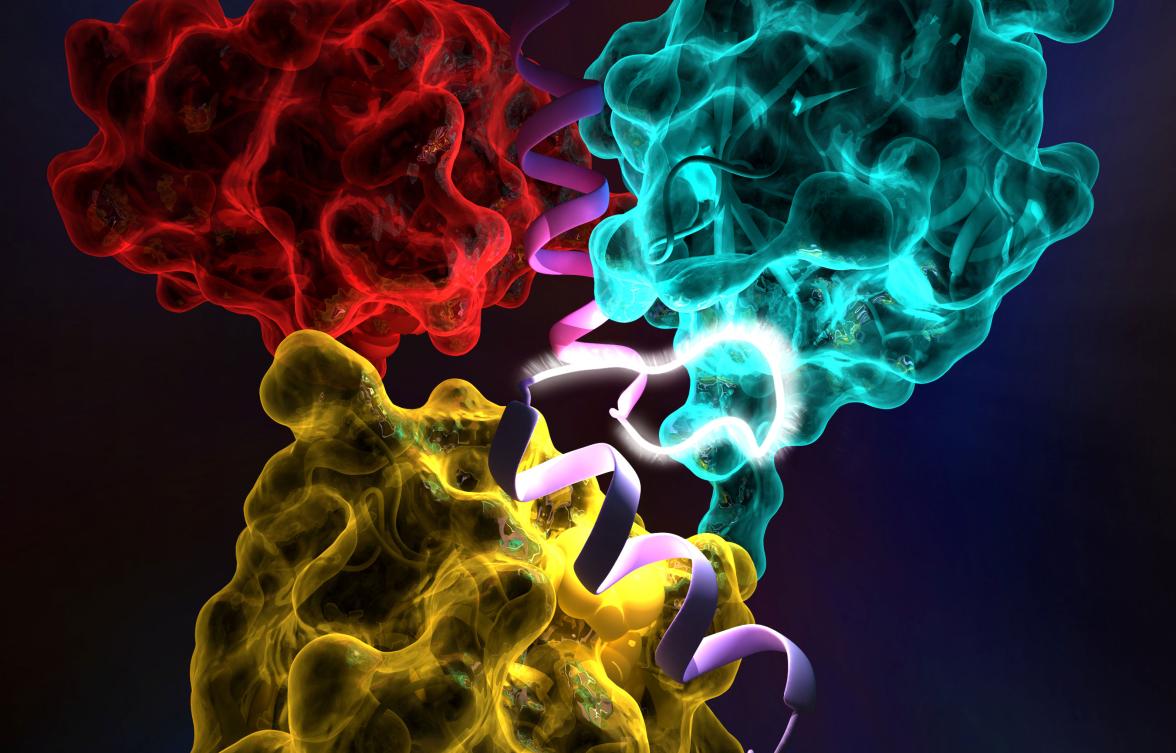
Life’s secrets
Every human is powered by a vast array of proteins and other biological machines that guide everything from how we see to how the body responds to viruses. Researchers use X-rays and electrons to study how the structures of these tiny machines change, for instance in response to changes in their environment.
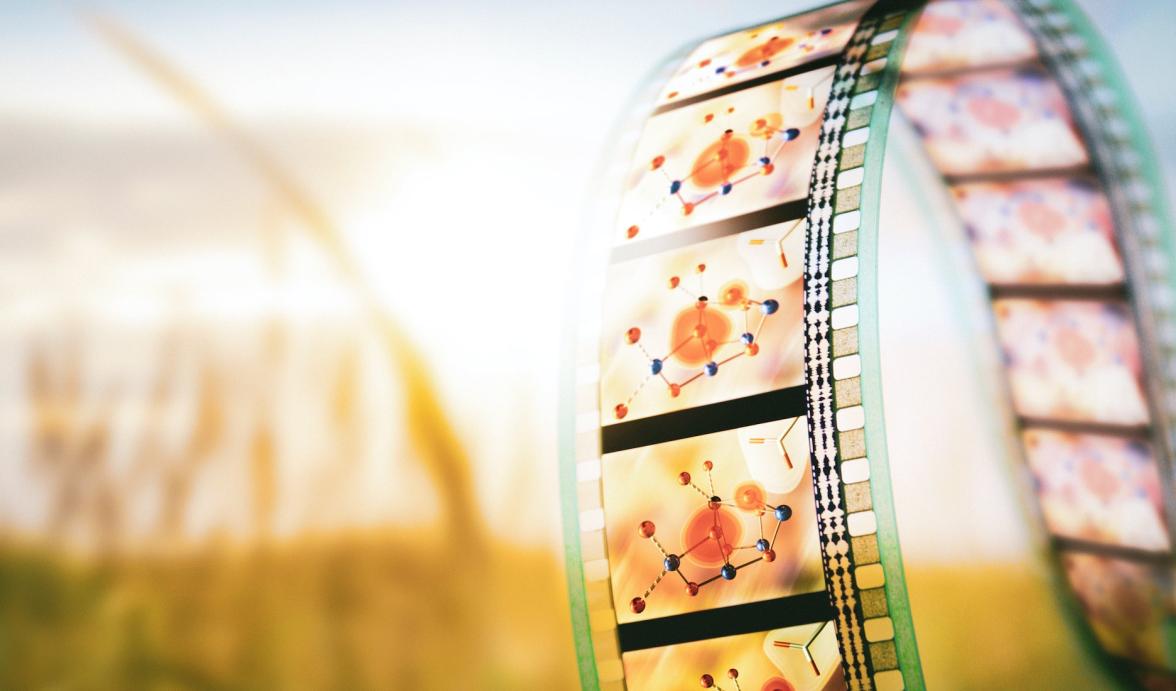
Clean energy
Photosynthesis, the process plants use to turn sunlight into usable energy, could provide a blueprint for developing clean sources of renewable energy. X-ray and ultrafast experiments also help researchers study semiconductor materials that significantly improve the efficiency and lower the cost of solar cells.
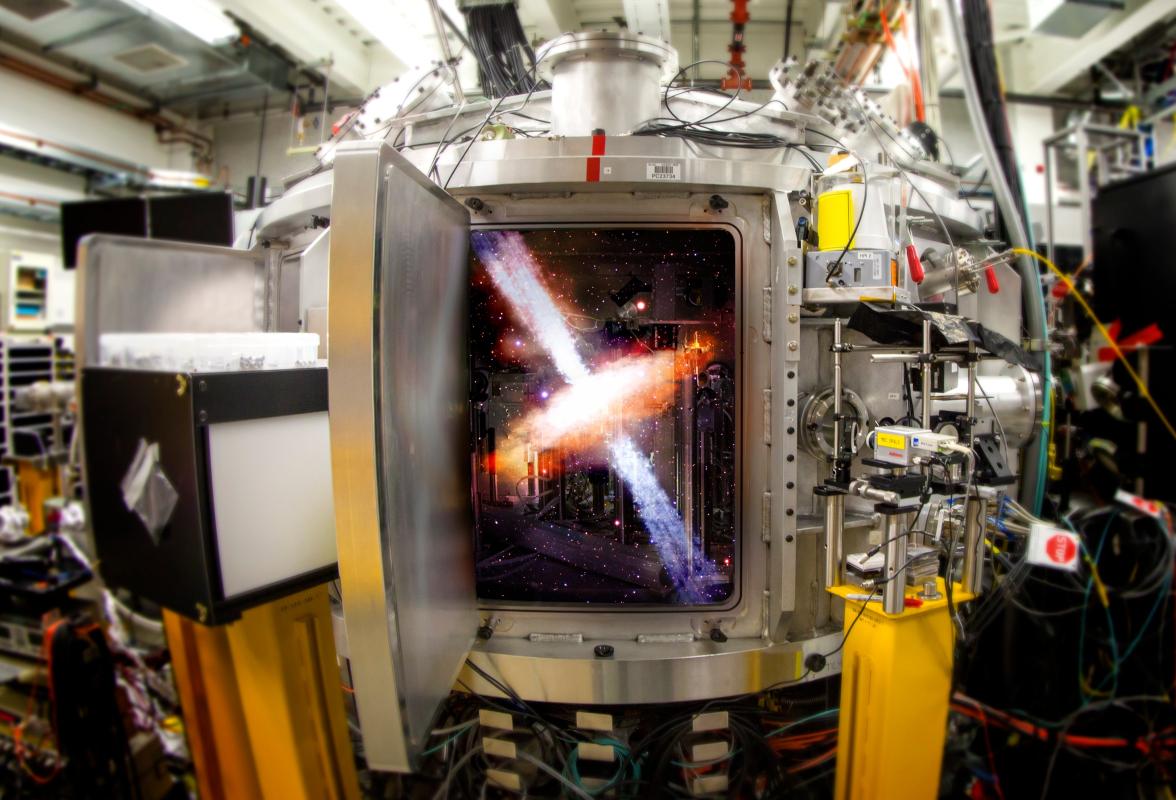
Matter in extreme conditions (MEC)
One of the most basic ways of understanding a material is learning how it changes when switching between its solid, liquid, gas and plasma phases. Under extreme conditions – like those in the hearts of planets,exploding stars or fusion reactors – materials can enter other exotic phases with unique characteristics. Advanced scientific tools at SLAC allow researchers to use X-rays to study some of the most extreme and exotic forms of matter ever created, in detail never before possible. Basic insights revealed in these studies can contribute to our understanding of diamond rain on distant planets, asteroid impacts and, closer to home, the development of fusion energy and medical technology.
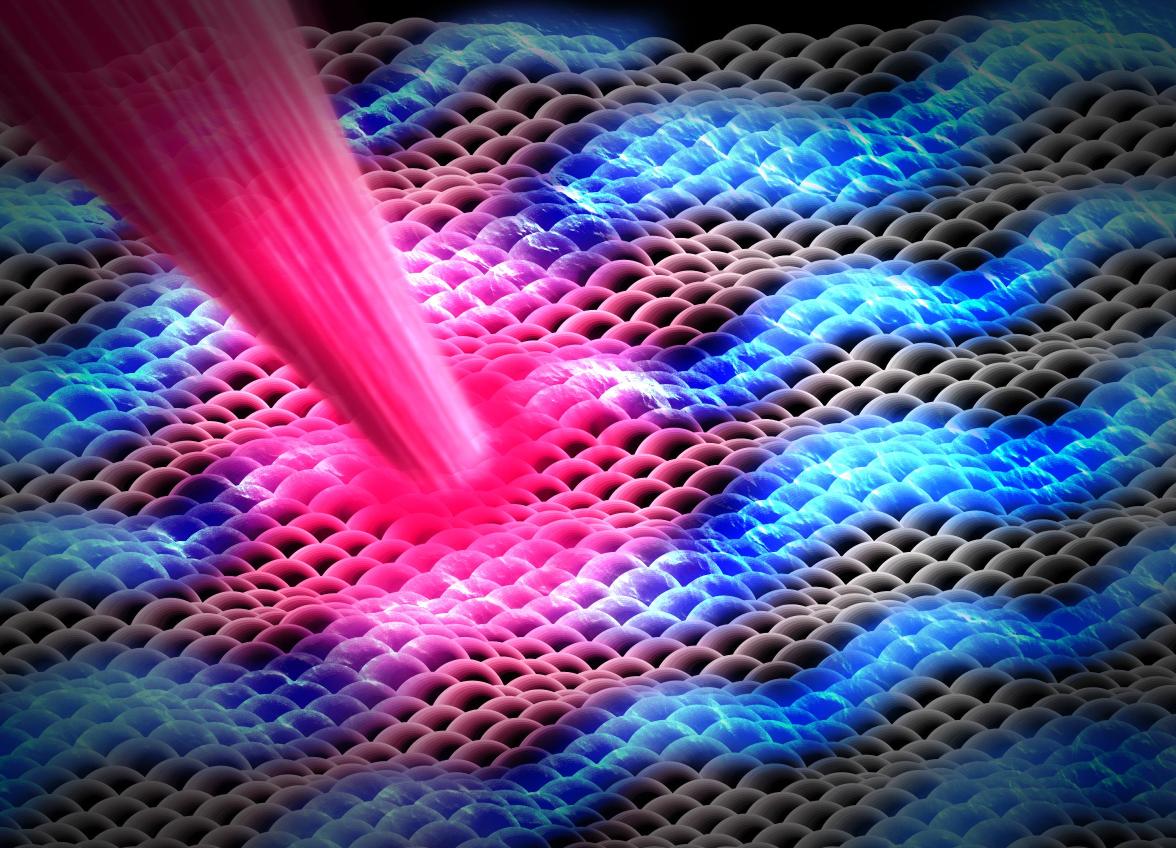
Future materials and technology
Scientists around the world are racing to develop cheaper, sturdier, more efficient rechargeable batteries for electric cars, cell phones, laptops and other devices. With X-rays and ultrafast science, they can test new battery materials and components and see how they operate, at the scale of atoms and molecules, in real time. They also explore new ways to design and control the magnetic and electronic properties of electronic materials with ultrashort pulses of light. This helps drive the development of extremely fast, low-energy computer memory chips and data-switching devices.
